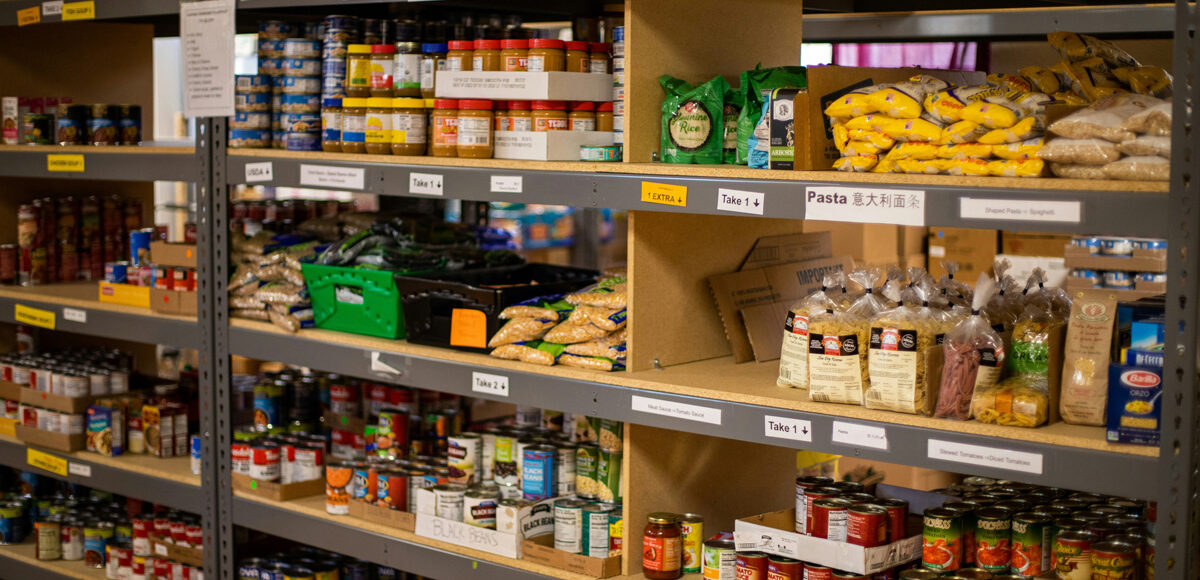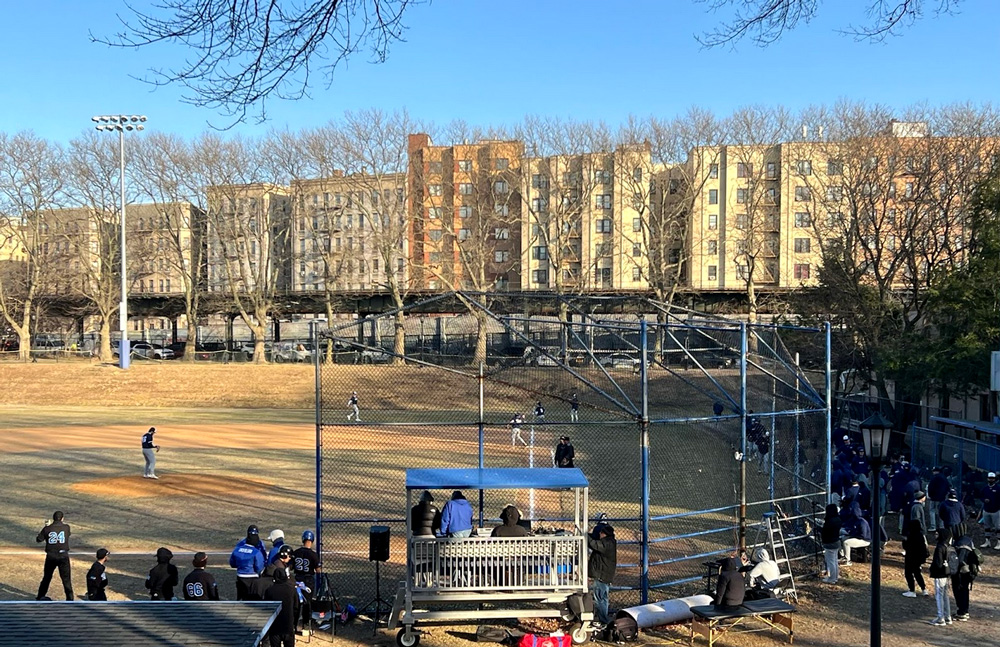By Seline Liz
Food insecurity in New York City is on the rise along with food prices. As families slowly recover from pandemic financial struggles, it’s been up to pantries and food banks to help feed them. However, with proposed budget cuts and programs being canceled in the new fiscal year, the level of assistance these services provide may be severely limited, leaving hungry families out options.
Groceries have become more expensive. Data from the US Inflation Calculator states the annual inflation rate for groceries in 2022 was 11.8%, a steep increase compared to the incremental increases of years prior. In 2021 there was only a 3.5% increase and in 2019 it was a 0.9% increase. According to the USDA, Economic Research Service (ERS) April 2025 forecast, “In 2025, overall food prices are anticipated to rise slightly faster than the historical average rate of growth. In 2025, prices for all food are predicted to increase 3.5 percent.” With prices climbing, city residents have had to be very careful when budgeting for groceries.
As Nidia Sánchez, an older woman in line for her local pantry put it “Ay, el arroz está caro, el aceite caro.¡Está todo caro, mami!” [Yes, the rice is expensive, oil is expensive! Everything is expensive, mami!]
Sharon Pope, also on line for a local pop up pantry, has had some struggles getting affordable groceries. “It’s just, you know, the cost of it. You know?” she said. “Maybe a little more than I wanna pay for it. If I can’t find something at an affordable price at one [store], I’ll go to the other.” She finds her local pantry to be helpful, saying “I’ll make do with whatever they give me. That’s what I use. I’ll make something out of it…So it’s like an addition to what I can try to get in the store.”
Many New York City residents have begun to turn towards pantries as a means to feed themselves and their families. Robin Hood Poverty Tracker reports, “Before the pandemic, 1 in 5 (20%) adults and 1 in 4 (24%) families with children in New York City used a food pantry at least once in a typical three-year period. These rates have increased since COVID-19’s onset: nearly 1 in 3 (31%) adults and 2 in 5 (40%) families with children reported using a pantry at least once across a 3-year period”
The increase is noticeable for many pantries, as they compare pre and post COVID service. “So previous pandemic, we used to serve up to 90 families,” says Christopher Minaya, the food pantry manager for POTS Pantry. “So the numbers have doubled and tripled. Right now, I’m up to 147, and we finish pantry at 11:30.” At the time he was speaking, it was only 10:40, and bags were still being prepped for pick up.
With such high demand for assistive food programs, one might assume city pantries would be receiving more funding. Instead, with programs like Emergency Food and Shelter Program being paused and city council’s proposed budgets falling short, they’ve instead had to advocate for themselves in front of city council to ensure that they receive the funding they need to continue to support so many city residents.
During a Committee on General Welfare meeting of the New York CityCity Council on March 17, Stephen Grimaldi, director of New York Common Pantry, offered testimony.
“We are grateful for the city council that has funded crucial food security initiatives in the past, but now your expanded support is more urgent than before,” he said. “Just in the last two weeks, with the recent Department of Agriculture termination, the local food purchase assistant cooperative agreement, the end of the EFSP, which is a program we have been funded [by] for over 20 years, has taken away over $2,000,000 in support, in the coming year for the New York Common Pantry alone.”
Kieth Carr, the senior policy and government relations manager at City Harvest, also spoke, asking the City Council to help further fund their programs “It’s not business as usual and it hasn’t really been the same since 2019,” said Carr. “Since 2019 we’ve been seeing over 1,000,000 additional pantry visits per week.” This program has taken steps to continue providing for the additional numbers of families that require assistance, he explained, like increasing food distributed to pantries and continuing to send their mobile pantries to hungry communities. Carr said it will take $100 million, not $50 million, to fund the Community Food Connections program.
With the current city budget still being negotiated and federal programs being cut or paused, the future of pantries and food banks in New York City remain unclear. What is clear, is the number of New Yorkers reliant on these programs is growing. Food insecurity in New York City is a growing issue, and to resolve it the city will need its local pantries and food banks prepared and properly funded.








No comments
Sorry, the comment form is closed at this time.